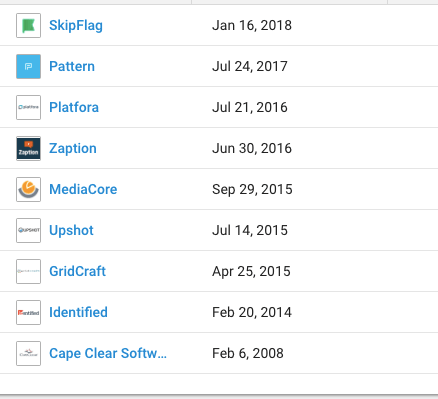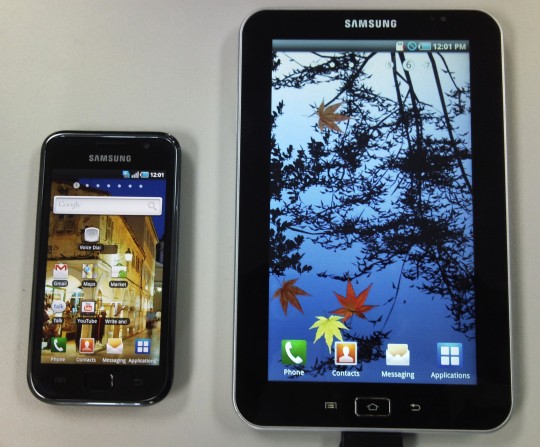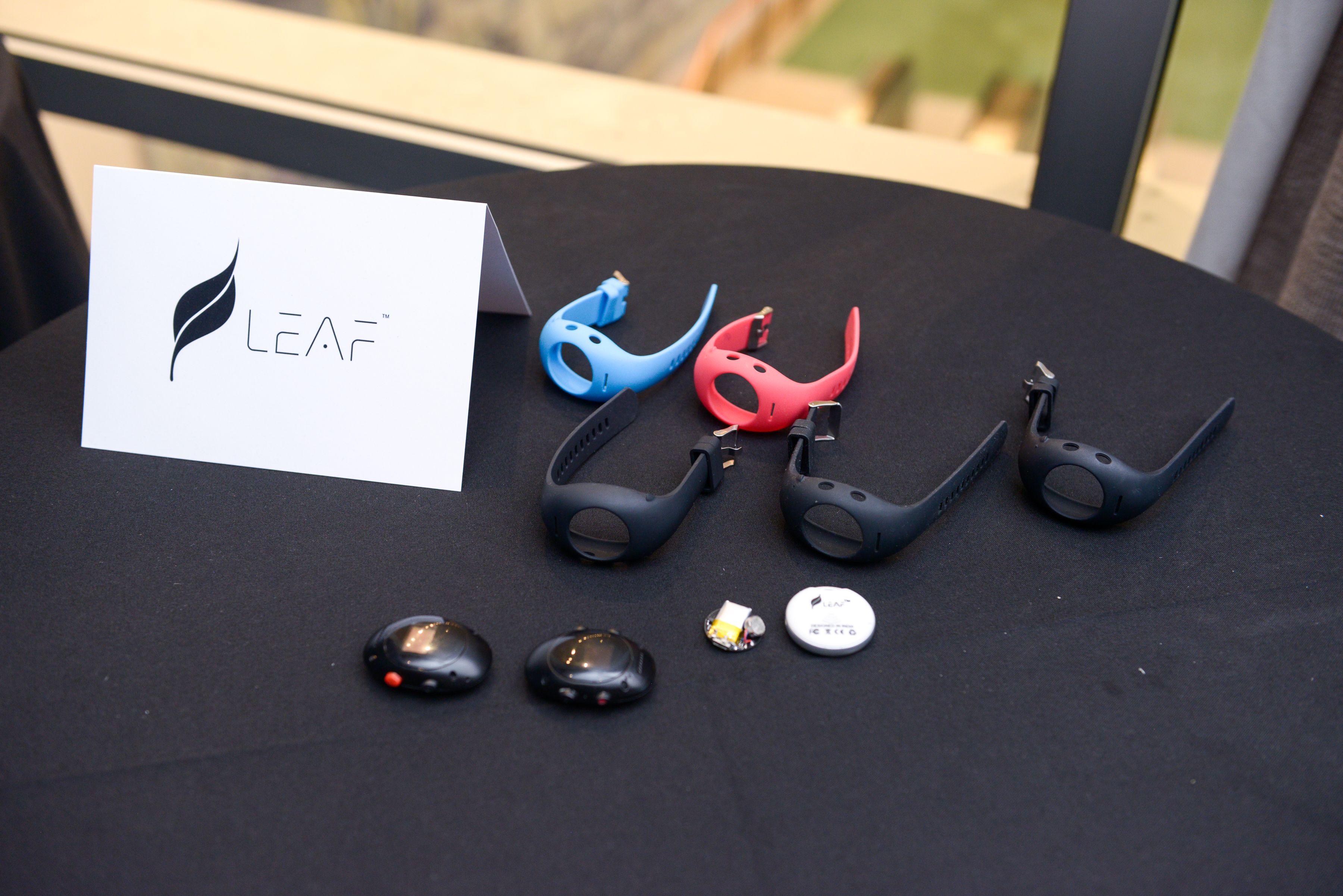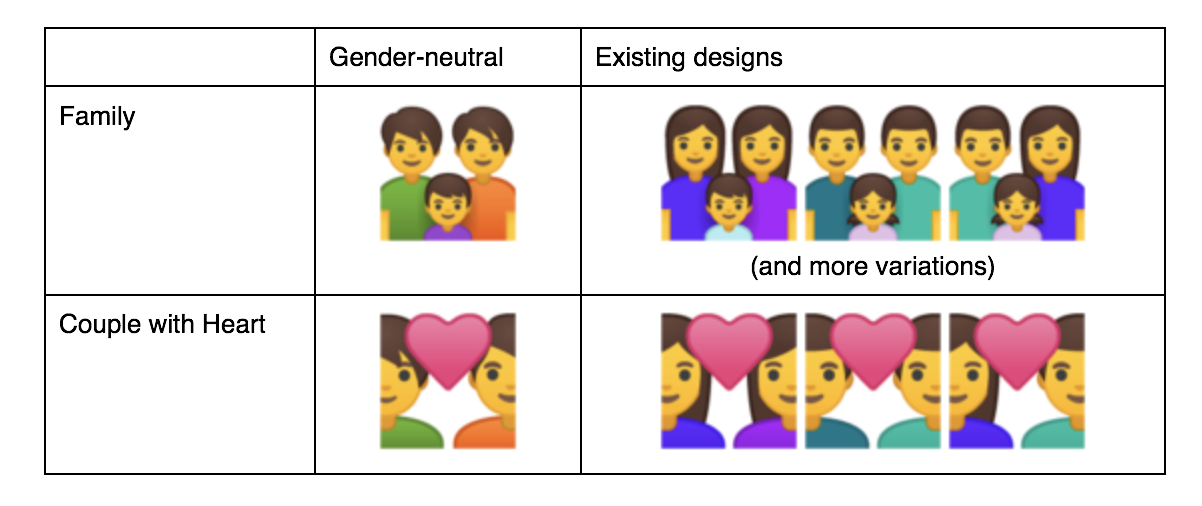Sometimes you acquire a company for the assets and sometimes you do it for the talent. Today Workday announced it was buying Rallyteam, a San Francisco startup that helps companies keep talented employees by matching them with more challenging opportunities in-house.
The companies did not share the purchase price or the number of Rallyteam employees who would be joining Workday.
In this case, Workday appears to be acquiring the talent. It wants to take the Rallyteam team and incorporate it into the company’s engineering unit to beef up its machine learning efforts, while taking advantage of the expertise it has built up over the years connecting employees with interesting internal projects.
“With Rallyteam, we gain incredible team members who created a talent mobility platform that uses machine learning to help companies better understand and optimize their workforces by matching a worker’s interests, skills and connections with relevant jobs, projects, tasks and people,” Workday’s Cristina Goldt wrote in a blog post announcing the acquisition.
Rallyteam, which was founded in 2013, and launched at TechCrunch Disrupt San Francisco in September 2014, helps employees find interesting internal projects that might otherwise get outsourced. “I knew there were opportunities that existed [internally] because as a manager, I was constantly outsourcing projects even though I knew there had to be people in the company that could solve this problem,” Rallyteam’s Huan Ho told TechCrunch’s Frederic Lardinois at the launch. Rallyteam was a service designed to solve this issue.
[gallery ids="1055100,1053586,1053580,1053581"]Last fall the company raised $8.6 million led by Norwest Ventures with participation from Storm Ventures, Cornerstone OnDemand and Wilson Sonsini.
Workday provides a SaaS platform for human resources and finance, so the Rallyteam approach fits nicely within the scope of the Workday business. This is the 10th acquisition for Workday and the second this year.

Chart: Crunchbase
Workday raised over $230 million before going public in 2012.
https://ift.tt/2kYT8Uk Workday acquires Rallyteam to fuel machine learning efforts https://ift.tt/2LwZcig





 The winner was Leaf, which had the advantage of having already shipped a product along these lines, the Safer pendant. Like any other Bluetooth accessory, it keeps in touch with your smartphone wirelessly and when you press the button twice your emergency contacts are alerted to your location and need for help. It also records audio, possibly providing evidence later or a deterrent to harassers who might fear being identified.
The winner was Leaf, which had the advantage of having already shipped a product along these lines, the Safer pendant. Like any other Bluetooth accessory, it keeps in touch with your smartphone wirelessly and when you press the button twice your emergency contacts are alerted to your location and need for help. It also records audio, possibly providing evidence later or a deterrent to harassers who might fear being identified.


























